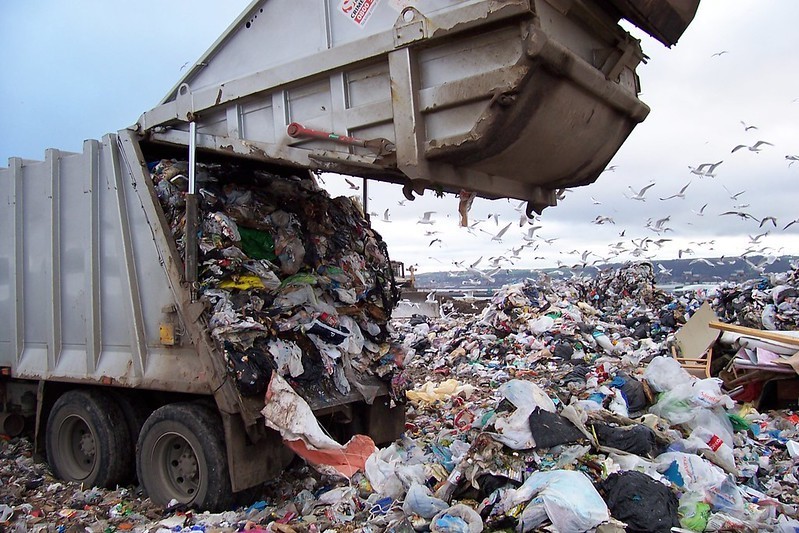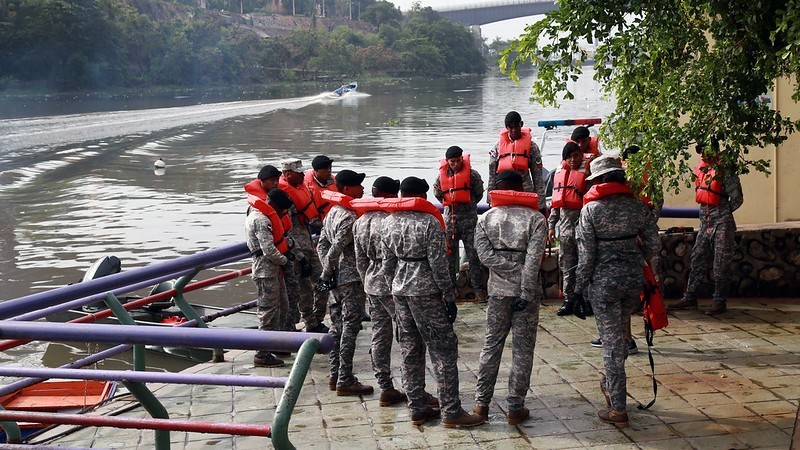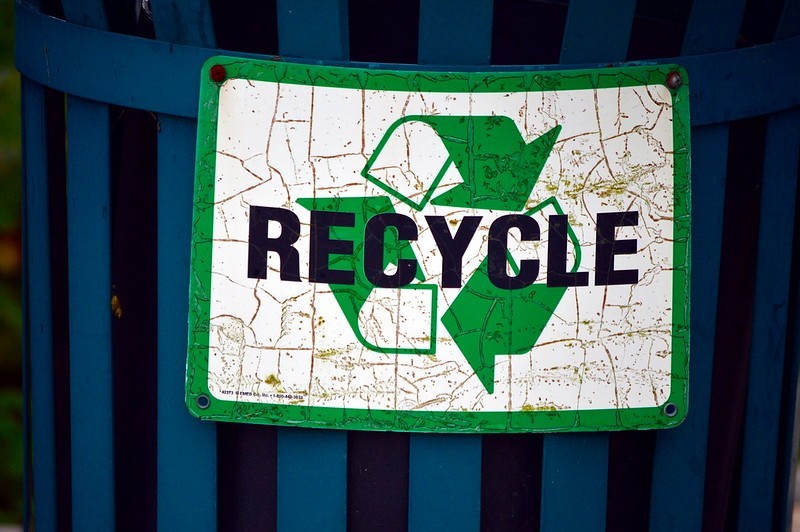How the Dominican Republic Confronts the Trash Crisis
By Taylor Clifford
What Will We Do With All This Trash?
Nestled along the sidewalk, floating on the banks of the river, heaps and piles in abandoned lots, stored under a bridge, and tossed on the street – trash is everywhere. Whether the country lacks the infrastructure to dispose of excess waste or exports its trash to landfills in other countries, the entire world produces more trash than it can handle. Recycling is the ideal solution, but recycling isn’t cost-effective nor simple to implement as a new cultural norm. Plastics bring a packaging revolution; goods keep fresh longer, costs of packaging materials decrease, and the convenience of not keeping reusable items on ourselves entices us to buy “one-time” products. How do we start change in our community, and what will we do with all this trash? Waste management is an ever-expanding crisis in our day and age.
Like most countries in the world, the Dominican Republic struggles with its waste management. Many rural societies don’t receive adequate services for collecting and disposing of trash. In the capital, the amount of people living in Santo Domingo surpasses the amount of trash the government can handle. The infamous focal point of Rio Ozama stands as the most obvious example of over-pollution as it splits Santo Domingo in two. Hundreds of thousands of Dominicans live alongside the river or pass it every day. The accumulated waste is hard to miss. That extra waste finds itself on the banks of Ozama and comes in “waves of trash” that the ocean rejects and spits back upon the beaches of the capital.
The Bottom-Feeding Robot of Trash
The Ocean Cleanup is an organization in pursuit of cleaning the enormous mess created by humans in the past century, most of which accumulates in our oceans. They have developed a technological breakthrough called the Interceptor. It is their latest robot used to combat trash at the source, rivers. Just 1000 rivers lead to 80% of the waste in all oceans. The Ocean Cleanup referred to this process as “closing the tap.” By targeting the Ozama river, the Dominican Republic can preventatively protect its beaches and prevent destroying its aquatic life. Catch a glimpse of how the Interceptor collects trash from the river.
The Interceptor is the most advanced technological sanitation tool in the Dominican Republic. Plus, it is targeting an area close to the hearts of its people – dirty beaches. Dirty beaches mean no tourism, no fishing, and no beach days. The solar-powered clean-up machine collects up to 100 metric tons of trash daily, more effective than any current trash-collecting method to date. Now going through its test run in the Caribbean, the Interceptor will soon deploy in other countries such as Thailand and the United States.
Modern Trash Solutions Across the Island
In various parts of the Dominican Republic, people are confronting the trash crisis on a local level to protect their water and land. In San Cristobal, much of the contamination is due to a lack of infrastructure to dispose of waste. The waste is instead thrown in the streets or rivers producing a plethora of health problems for the people and also increasing rats and mosquitos. Dionisio Brito works with his community to sanitize the river and avoid creating landfills that encompass the neighborhood. They have also emptied a pre-existing dumpsite giving life back to the local flora. Realizing that the biggest opportunity to change their future is through education, they have also worked in local schools. Here, teachers give classes informing students about waste management and how to compost their own food from the cafeteria.
Another valiant citizen, Francisco Matos, is cooperating with the company Cilpen Global, to create a comprehensive waste management facility and clear existing landfills. This first step is groundbreaking for the Dominican Republic as the country’s entire history has been based on burning trash or burying it underground. Located in Santiago, their facility takes trash from dumpsites and organizes the waste into different sectors to recycle and compost the products they can.
Trash Requires More Than One Solution
The Interceptor stops the flow of new trash that leaves the island to enter the world’s oceans, companies like Cilpen Global work on the approximately 300 dumps and landfills scattered across the island. Communities in San Cristobal, where Dionisio lives, work on a local level to restore nature to its original splendor and on a grassroots level to educate the youth on the importance of caring for their environment. These different approaches are essential to combat waste management, a logistical problem as much as a cultural hurdle. The Dominican Republic is far from the only country that struggles with discarding trash, but one defining factor separates the country from larger ones – it is an island. Only so much space exists for dumps, nature, and Dominicans to cohabitate in harmony. The waste management projects accepted by the country are not only brave endeavors but also ingenious answers to the question; what will we do with all this trash?





 Pete Jelliffe October 6, 2007
Pete Jelliffe October 6, 2007 Taylor Clifford, 2021
Taylor Clifford, 2021